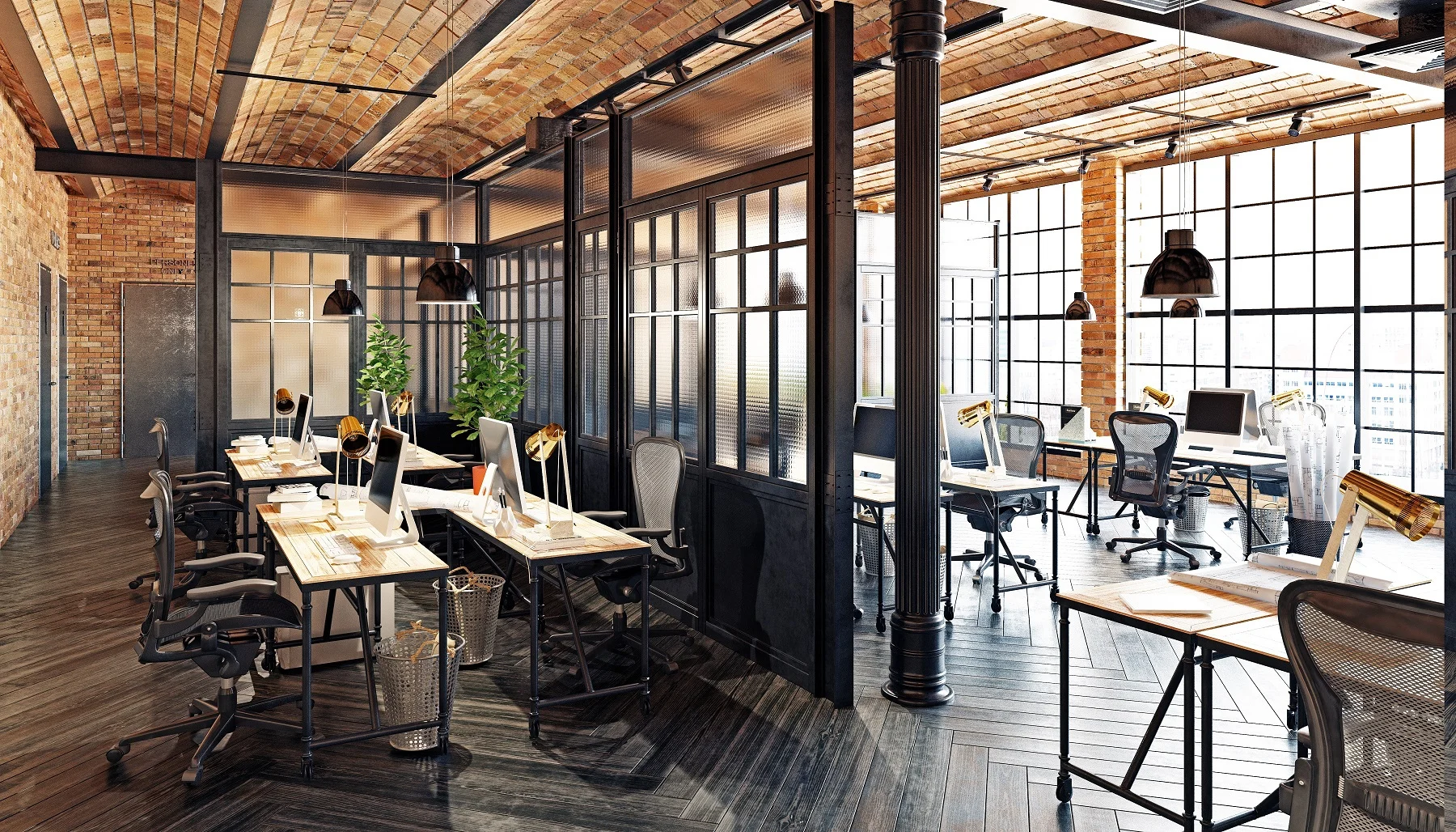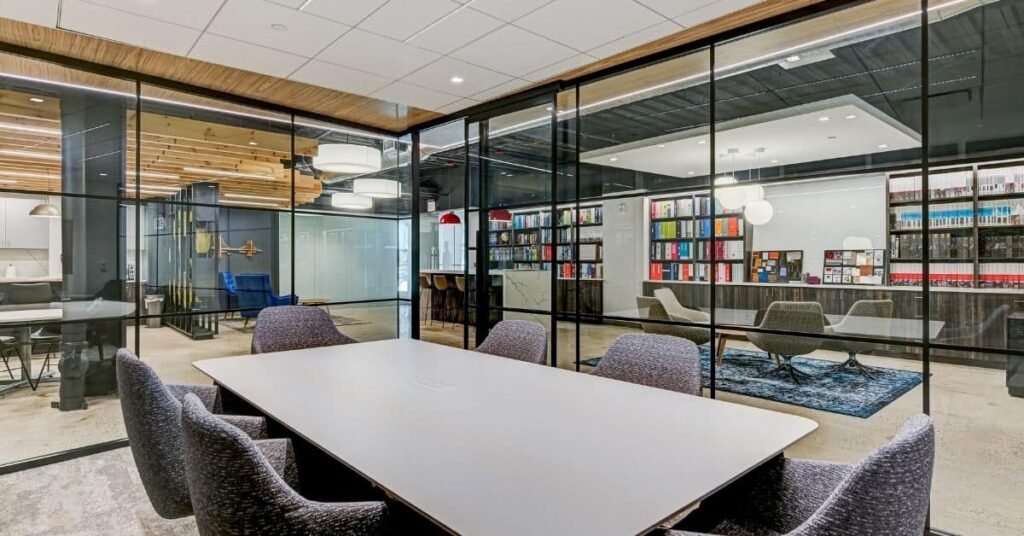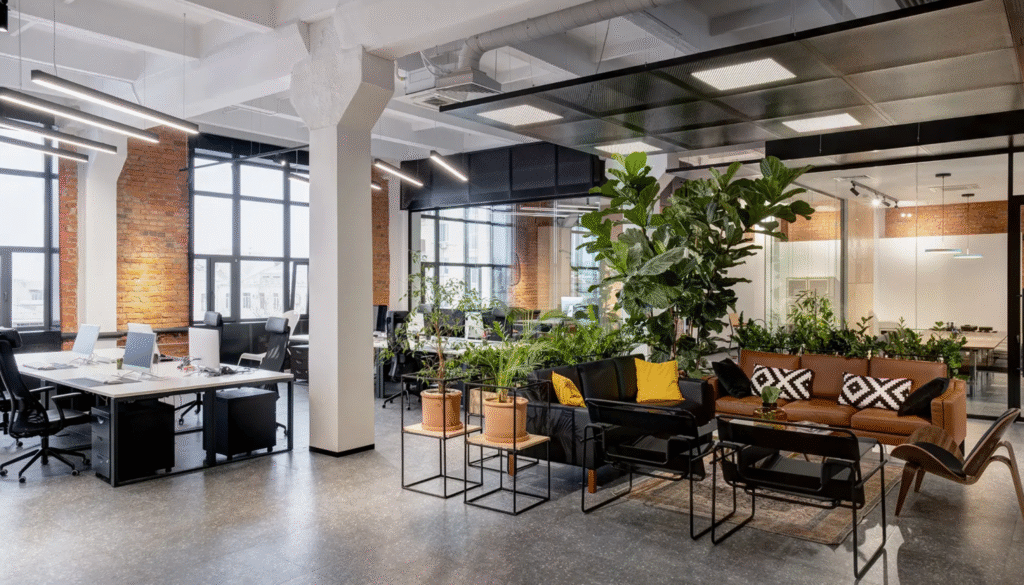
Modern businesses demand more than just a desk and a chair. The way a workspace is designed directly impacts productivity, employee satisfaction, and overall business growth. Office spaces today are no longer confined to traditional layouts—they are dynamic, flexible, and tailored to meet the evolving needs of companies in various industries.
Office design has come a long way from the rigid cubicles of the past. Traditional offices focused on hierarchy and routine, emphasizing individual work over collaboration. As businesses have shifted toward creativity, innovation, and teamwork, office layouts have evolved to reflect these values.
Modern office spaces prioritize openness, natural light, and multifunctional areas. These designs aim to create environments where employees feel motivated, connected, and empowered to perform at their best.
Open floor plans encourage collaboration and communication among team members. Rather than isolating employees in closed-off cubicles, open layouts foster spontaneous discussions and idea sharing.
Flexibility is another crucial aspect. Movable partitions, modular furniture, and adaptable workstations allow businesses to reconfigure spaces as their teams grow or projects change. This agility is essential for modern companies navigating fast-paced industries.
Dedicated collaboration areas are a hallmark of contemporary office spaces. These zones may include informal seating, huddle rooms, or innovation lounges. By providing spaces for teamwork outside of traditional meeting rooms, businesses encourage creativity and problem-solving.
Collaboration zones are also perfect for cross-functional interactions. Employees from different departments can come together to brainstorm, share expertise, and develop innovative solutions.
Modern office spaces are built with technology at the forefront. High-speed internet, smart conference rooms, wireless charging stations, and interactive displays are now standard features.
Technology integration not only improves efficiency but also supports hybrid work models. Employees can seamlessly switch between in-office and remote work, maintaining productivity without disruption.

Incorporating natural elements into office design has become increasingly popular. Biophilic design includes greenery, natural light, water features, and organic materials that connect employees to nature.
Research shows that such environments reduce stress, increase creativity, and boost overall well-being. A workspace that feels alive and fresh can transform employee experience and engagement.
The modern office recognizes the importance of health and comfort. Ergonomic chairs, adjustable desks, and standing workstations prevent strain and support long-term well-being.
Investing in employee comfort pays off in productivity and morale. When staff feel physically supported, they can focus more effectively on their tasks.
A well-designed office reduces distractions, improves workflow, and streamlines communication. Employees spend less time navigating inefficient layouts and more time engaged in meaningful work.
Modern offices prioritize employee needs, from comfort to aesthetics. Offering spaces that support both individual and collaborative work creates a sense of value and respect, boosting retention rates.
Creative office design fuels innovation. Unique layouts, inspiring decor, and flexible spaces encourage employees to think outside the box and approach challenges with fresh perspectives.
With remote and hybrid work becoming increasingly common, offices need to adapt. Modern spaces accommodate both in-person collaboration and digital communication, making transitions between work modes seamless.
Smart office technologies optimize energy use, enhance security, and streamline operations. From automated lighting to climate control systems, these features make workplaces more efficient and sustainable.
Employee wellness is now a central focus. Meditation rooms, fitness areas, and quiet zones allow employees to recharge physically and mentally, contributing to overall job satisfaction and productivity.
Sustainability is no longer optional. Eco-friendly materials, energy-efficient systems, and green certifications demonstrate a company’s commitment to the environment and appeal to socially conscious employees.
Flexibility extends beyond layout to personal choice. Hot-desking, modular furniture, and customizable lighting allow employees to design their work environment according to personal preference and work style.

For startups, cost-effective yet flexible office spaces are crucial. Open layouts, multipurpose areas, and technology-enabled setups allow small teams to operate efficiently without overspending.
Large corporations benefit from hybrid models that balance open collaboration zones with private offices. Multiple meeting spaces, lounges, and advanced technology support a diverse workforce and large-scale operations.
Creative industries thrive in dynamic environments. Bright, inspiring decor, interactive collaboration areas, and unconventional seating arrangements stimulate innovation and out-of-the-box thinking.
Law firms, financial institutions, and consultancies may prioritize privacy and professionalism while still integrating collaborative spaces. Modern offices blend elegance with functionality to serve clients and employees alike.
Selecting the right office space involves considering company culture, team size, and future growth. Key considerations include:
The office of the future will continue to evolve toward adaptability, sustainability, and employee-centric design. Hybrid work models will remain integral, requiring spaces that support seamless transitions between remote and in-office work.
Artificial intelligence, virtual reality, and other advanced technologies will further enhance collaboration, productivity, and creativity. Meanwhile, sustainability and wellness will remain priorities, ensuring workplaces are not just functional but enriching.
Modern office spaces are more than just physical workplaces—they are tools for driving business success. Thoughtfully designed environments foster collaboration, creativity, and well-being, giving companies a competitive edge.
Businesses that invest in modern office design reap the benefits of higher productivity, employee satisfaction, and long-term growth. In a world where work culture is constantly evolving, office spaces that embrace innovation and flexibility are not just an advantage—they are a necessity.
Do Follow Estate Magazine on Instagram
Maximize Rental Yield in Dubai: Proven Tips for Smart Investors
